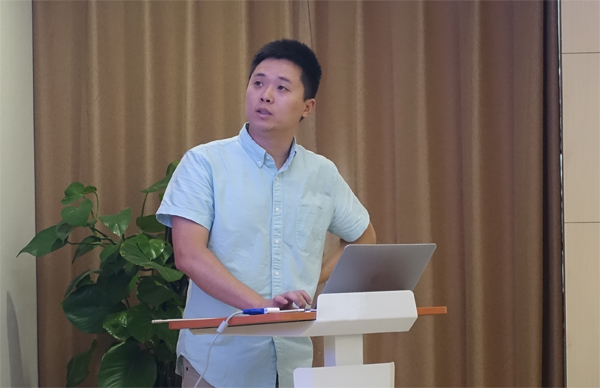
Climate Extremes and Aerosols: attribution of the past and compound impact in the future
Dr. Yangyang Xu
Texas A&M University, USA
2019年5月24日(星期五)10:00
3号楼1118会议室
报告会主持人:周天军 研究员
Abstract
Over Asia, a robust pattern of "Drying-Wetting-Drying" trend over three most populated regions (India, South China, North China, respectively) have been observed in the past few decades. Yet, the cause of the 30-year trend is rather unclear, with conflicting arguments on the importance of natural variability, the greenhouse gas, land cover, and aerosols. We show that the aerosol-cloud interaction induced oceanic cooling, provide a critical piece in reproducing the past trend. Only a fraction of climate models with complex treatment of aerosol-cloud interaction capture the observed pattern.
On the other hand, the climate extreme and air pollution can be entangled and lead to compound health impact. Based on a high-resolution decadal-long model simulation using a state-of-the-science regional chemistry-climate model, here we show that: heat extreme frequency averaged over South Asia increases from 45 days/year in the Decade 2000 (1997-2004) to 78 days/year in the Decade 2050 (2046-2054). Even more concerning is the model projection of the joint occurrence of heat and hazy hazard (HHH).